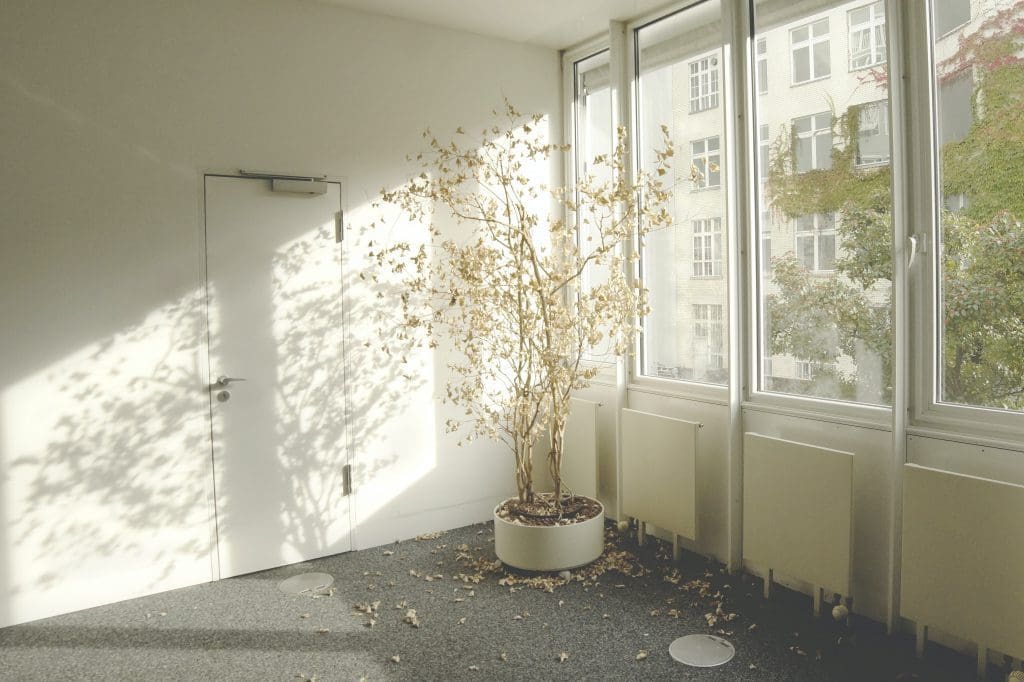For some photographers, natural light is the only option they have. But when you have to take indoor pictures, working with natural light can be difficult. If you don’t have enough light, you have to use longer exposures and higher ISO, which may result in noisy or blurry images. Moreover, you should avoid mixing natural light with artificial light sources such as lamps and chandeliers because it creates strange-looking skin tones and artificial colors. So how can you use natural light for indoor pictures and create perfectly exposed and beautiful pictures?
Find out the best time of the day
Take advantage of the best time of the day from the natural light perspective. Choose a room with windows facing East, South, or West and notice when the sun reaches the windows. You can create amazing compositions at sunrise or sunset or benefit from strong bright light at mid-day. If the light is too harsh, you can soften it with curtains or move the subject from direct sunlight.
Photo by Jim DiGritz on Unsplash
Place your subject near the window
Taking photos of a subject near a window has multiple benefits. On one hand, being closer to the source of light gives you more space to work with different exposure settings. In low light conditions, photographers prefer to use a large aperture (small f-number) to allow as much light as possible into the lens. This means having a shallow depth of field which may or may not help your composition. Thus, placing the subject close to the light source increases the range of settings.
Another benefit is working with lateral light, which looks great in portraits for example. Lateral light flatters the skin tones, creates contrast, and gives you the chance to make a story of highlights and shadows. Last but not least, having your subject near the window and including the window in the frame enhance the composition, add a new dimension to your visual story, and emphasize the atmosphere. You can go from a romantic atmosphere to solitude, life expectancies, growth, and more.
Photo by Sasha Freemind on Unsplash
Choose the white balance
Don’t let the camera choose the white balance. You’re in a mixed situation, indoor but working with natural light, and the camera may get confused. Based on how much light you have, choose the white balance for Daylight or the one for Cloudy days. The white balance should be based on the light type and not on being indoors or outdoors.
If you’re not sure of your settings, use a light meter to calculate the best exposure for your conditions. Try different settings until you find the perfect one for your composition.
Work with sun rays
Use the light artistically and include sun rays in your compositions. Blinds can help you achieve amazing effects. Make sure you don’t exceed your camera’s dynamic range or choose wisely whether you want the bright or the dark areas in focus. Sometimes all that matters is the atmosphere.
Photo by Toa Heftiba on Unsplash
Working with natural light is challenging but rewarding. You get to work in unpredictable conditions and this creates unique photographs. Don’t forget to take pictures in RAW format, which gives you more space to edit your images in post-processing and fix any mistakes you might make.

